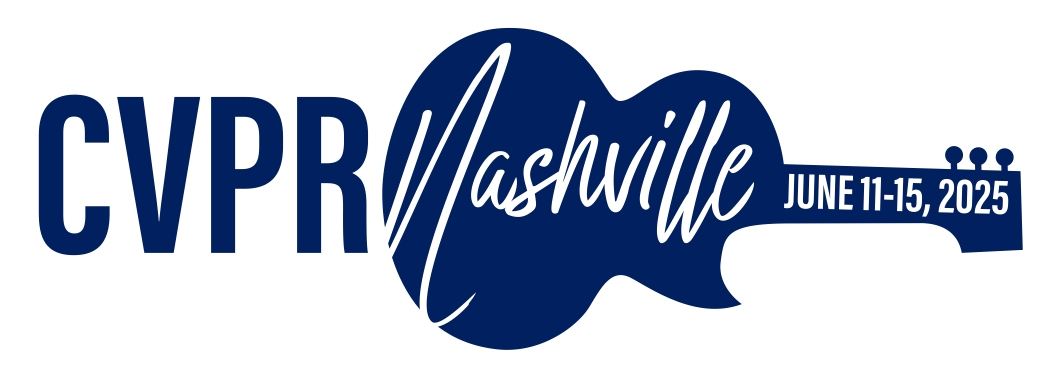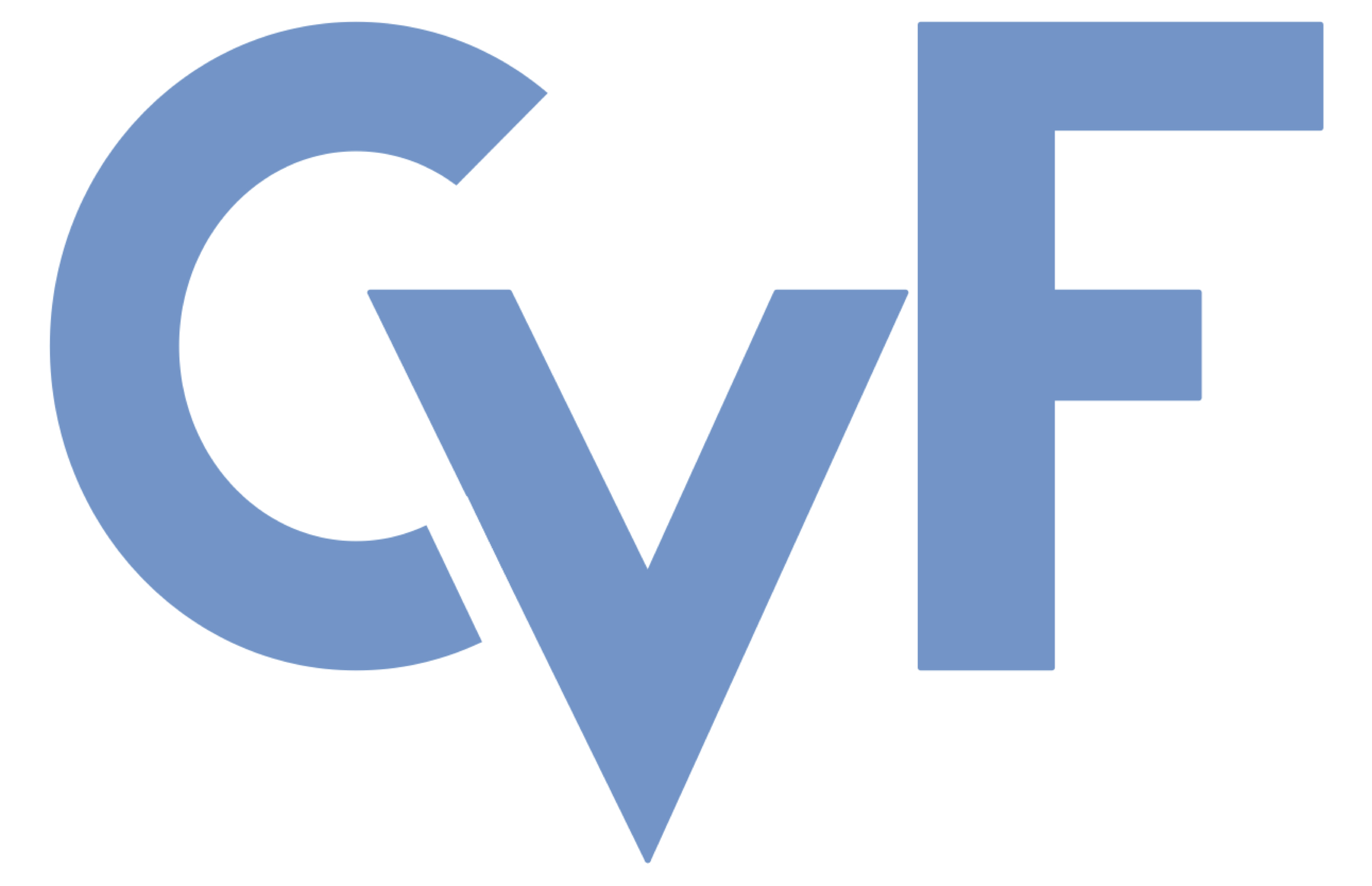-
[pdf]
[supp]
[arXiv]
[bibtex]@InProceedings{Wang_2025_CVPR, author = {Wang, Boyuan and Wang, Xiaofeng and Ni, Chaojun and Zhao, Guosheng and Yang, Zhiqin and Zhu, Zheng and Zhang, Muyang and Zhou, Yukun and Chen, Xinze and Huang, Guan and Liu, Lihong and Wang, Xingang}, title = {HumanDreamer: Generating Controllable Human-Motion Videos via Decoupled Generation}, booktitle = {Proceedings of the IEEE/CVF Conference on Computer Vision and Pattern Recognition (CVPR)}, month = {June}, year = {2025}, pages = {12391-12401} }
HumanDreamer: Generating Controllable Human-Motion Videos via Decoupled Generation
Abstract
Human-motion video generation has been a challenging task, primarily due to the difficulty inherent in learning human body movements. While some approaches have attempted to drive human-centric video generation explicitly through pose control, these methods typically rely on poses derived from existing videos, thereby lacking flexibility. To address this, we propose HumanDreamer, a decoupled human video generation framework that first generates diverse poses from text prompts and then leverages these poses to generate human-motion videos. Specifically, we propose MotionVid, the largest dataset for human-motion pose generation. Based on the dataset, we present MotionDiT, which is trained to generate structured human-motion poses from text prompts. Besides, a novel LAMA loss is introduced, which together contribute to a significant improvement in FID by 62.4%, along with respective enhancements in R-precision for top1, top2, and top3 by 41.8%, 26.3%, and 18.3%, thereby advancing both the Text-to-Pose control accuracy and FID metrics. Our experiments across various Pose-to-Video baselines demonstrate that the poses generated by our method can produce diverse and high-quality human-motion videos. Furthermore, our model can facilitate other downstream tasks, such as pose sequence prediction and 2D-3D motion lifting.
Related Material





